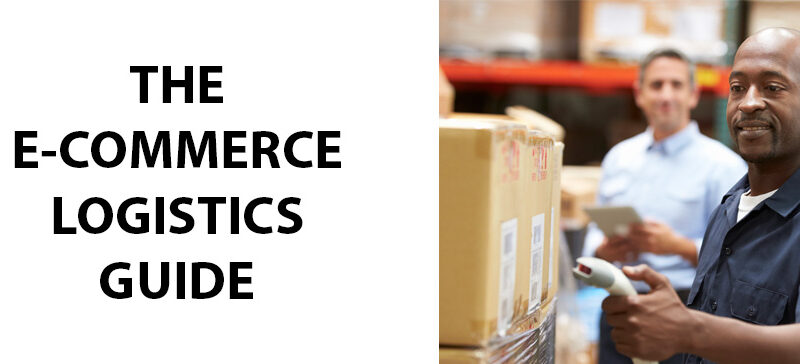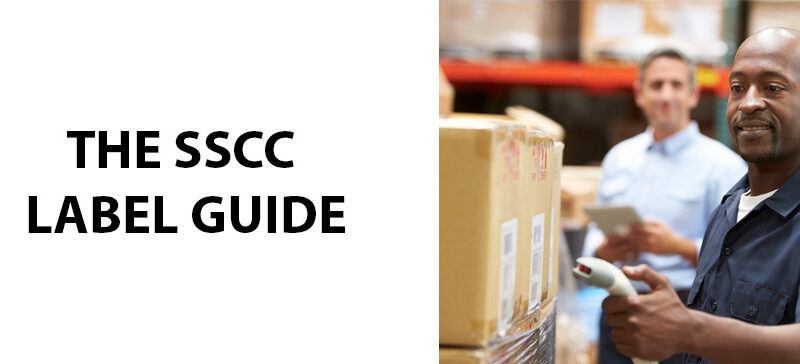Today’s online customer expects fast and reliable shipping. With the pressure this puts on your business, e-commerce logistics is more important than ever. In fact, optimizing your e-commerce logistics is the key to smoother operations and happier customers.
But what exactly does e-commerce logistics entail? In this guide, we’ll explain what e-commerce logistics is as well as how to improve your e-commerce logistics and increase efficiency.
What is E-commerce Logistics?
E-commerce logistics is the process of managing and coordinating the flow of goods and services in online retail operations. Essentially, it involves the entire journey from when order placement to delivery. Because there are so many moving parts and pieces, there are also many opportunities for errors. By optimizing your e-commerce logistics, you can increase the efficiency of your operations and lessen the number of errors.
E-commerce logistics typically operate in four phases: inventory management and warehousing, order management and fulfillment, last-mile delivery, and reverse logistics (or return processing). Each of these phases requires strategic planning and continuous monitoring to ensure the accuracy and efficiency of your processes.
E-commerce Logistics Solutions
If you’re wondering how to improve your e-commerce logistics, you’re not alone. Logistics takes a lot of planning and organization, but it’s worth the effort. By optimizing your processes, you’ll be able to better meet your customer’s needs.
Here are some e-commerce logistics solutions that can help you automate and improve your process:
- Implement an order management system (OMS): An OMS is a software solution that helps streamline the order fulfillment process. By centralizing all of your order information, inventory data, and shipping details in software, you’ll improve your efficiency and visibility while having access to real-time inventory updates.
- Optimize warehouse layout and processes: Analyze your warehouse layout and workflows to identify where you need to improve. Implement efficient picking and packing strategies, such as zone picking or batch picking, to minimize travel time. Utilize barcode scanning and automation to streamline your operations and reduce errors.
- Use inventory management technology: Inventory management software or a warehouse management system (WMS) can help you accurately track inventory levels, monitor stock movement, and automate replenishment. Using barcode scanning or RFID technology in conjunction with your WMS will make inventory tracing and cycle counting faster and more accurate.
- Enhance last-mile delivery: The last-mile delivery is a critical touchpoint to the e-commerce logistics chain. By partnering with reliable local carriers or using route optimization software, you can improve this critical stage. Additionally, sending tracking information and delivery notifications can improve the customer experience, increasing the likelihood of customer retention.
- Assess KPIs: One of the most important steps to improving your logistics is continuous monitoring, analysis, and optimization. By assessing KPIs, such as order fulfillment time and inventory accuracy you can identify areas for improvement and take steps to implement those improvements.
What Are the Best Types of Labels for E-commerce Logistics?
Labels play a crucial role in all stages of e-commerce logistics. While labels aren’t the only key to optimizing your e-commerce logistics, the right label will help you automate your processes. Here are some of the best types of labels to use in your e-commerce logistics:
- Shipping labels: While this one may seem obvious, shipping labels are essential. Shipping labels not only tell your carriers where to deliver a package but also allow you to automatically update tracking information for your customers. By simply scanning the barcode on the shipping label throughout the shipping process, you get real-time information about the location of the package.
- Shelving labels: Whatever the size of your warehouse, shelving labels are non-negotiable. Shelving labels give you location information about certain products, help you count inventory quickly and accurately, and make the picking process go much faster. Shelving labels may include barcodes, QR codes, or even RFID labels.
- LPN labels: License plate number (LPN) labels are essential in e-commerce logistics. These labels use a unique identifying barcode to track products throughout the supply chain. Typically, LPN labels are affixed to pallets, cartons, or containers and are scanned at each step.
- Return labels: Returns are inevitable with any e-commerce business. Having an easy return process makes a big difference in customer satisfaction. Return labels make the return process easy for your customers and you, and typically include the customer’s address, the seller’s return address, and any necessary instructions for the customer.
- Hazardous material labels: If your e-commerce business deals with hazardous materials or products that require special handling due to safety regulations, you’ll need to use labels that comply with the relevant standards and regulations. Hazardous material labels typically include warning symbols, product classification, and handling instructions.
Custom E-Commerce Logistics Labels
You need logistics labels you can count on. Labels that fade, tear, or peel off completely are a waste of money and can put the efficiency of your operation at risk. For custom e-commerce logistics labels, you need Coast Label. We’ll help you engineer the perfect label for your unique business. We use only the best materials and adhesives so you can be sure your labels will stay put when you need them to.



